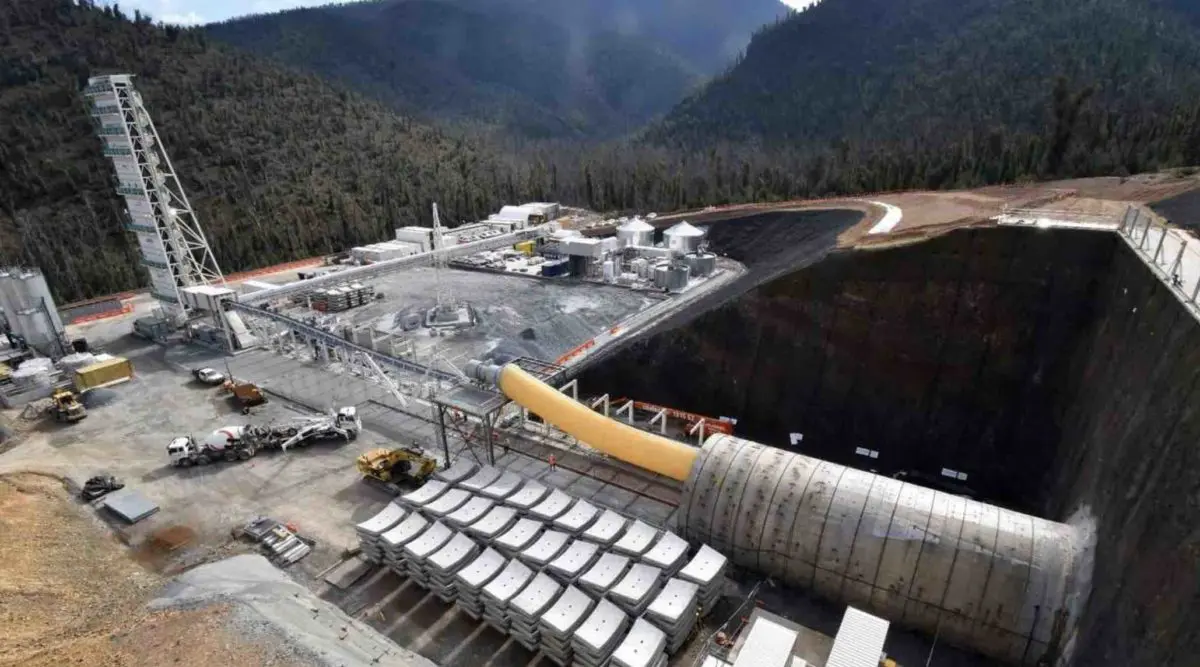Ratings agency S&P Global has released an improved outlook for the troubled state-owned Snowy Hydro energy utility, essentially arguing that it will continue to get government support – despite delays and cost overruns – because it is too big to fail.
S&P Global has upgraded the outlook of its BBB+ rating on Snowy Hydro from negative to stable, thanks to its view that the government will protect the company because of its critical role as coal plants exit the grid.
This is despite news that the Snowy 2.0 pumped hydro project is facing another two years of delays, and as yet unspecified but likely large costs over-runs, and on S&P’s own assessment of a $200 million blowout in costs at the equally controversial gas/hydrogen power project at Kurri Kurri in the Hunter Valley.
“We now assess the likelihood of government support as very high,” the ratings agency says. “Support will likely continue over the next few years, potentially via additional equity, dividend moderation or indirect involvement in the planning/progress of transmission line connections to Snowy 2.0.
“Furthermore, we believe a credit stress on Snowy Hydro could have cascading effects on the energy market. The effects could take the form of higher energy cost and pose a risk to system stability, given the company is the largest capacity provider in the energy market.”
Indeed, Snowy Hydro is the dominant player in the market to provide insurance to retailers and consumers against high prices.
Snowy Hydro is uniquely placed to do so: it owns much of the equipment – peaking gas generators and hydro facilities – that dominate price setting during times of peak demand, and makes more money by selling insurance contracts against those very same high price events.
That key role in the market – which will only be reinforced by the addition of Snowy 2.0 and Kurri Kurri – is one of the main reasons why the government may feel it has no choice but to back Snowy Hydro to the end, even if the cost blowouts and delays at its two signature projects get worse.
The latest delays at Snowy 2.0 – now unlikely to be at full capacity until late 2029, and not producing anything before 2027 – are well known, if still unquantified, and are largely the result of delays and blowouts and problems with one of its main tunnelling machines.
One member of the contracting consortium has already collapsed.
The Kurri Kurri project is also delayed, thanks to the impact of Covid-19 and floods. S&P estimates the cost overruns to be $180 million to $200 million, which it says Snowy Hydro will fully fund.
“The current unfavorable macroeconomic environment and the impact on the construction sector add further unknown risk,” it says.
Largely on the basis of the cost escalations, and the delays at Snowy 2.0 and the Hunter Valley gas projects, the company’s debt-to-EBITDA ratio could remain at a relatively high rate of 5x-5.5x over the next two to three years.
S&P says it expects Snowy Hydro’s operating profits (expressed as EBITDA, or earnings before tax, interest, depreciation and amortisation) to improve to $420 million to $440 million in fiscal 2023, up from its previous expectation of $240 million-$300 million.
But it says operating earnings in coming years could fall below below its previous expectations at $630 million to $800 million.
“Capacity pricing linked to wholesale electricity prices and the commissioning of HPP will shape Snowy Hydro’s earnings profile in subsequent fiscal years,” the ratings agency writes.
“This is particularly given the impact of the poor reliability of coal generation, variable renewable output, and recent closure of the Liddell coal-fired plant on the industry.”
S&P notes that without government support, Snowy Hydro debt would be regarded as junk by the market. Its assessment of the company’s ratings on a stand alone basis have been cut to ‘bb’ from ‘bb+’.










